Northern Ireland beef and sheep output could decline by 21%, with exports to the EU collapsing by over 90%, depending on the outcome of the Brexit process. These are the findings of a study, undertaken by The Andersons Centre (supported by Oxford Economics) for the Livestock and Meat Commission (LMC) of Northern Ireland. The study gauged the impact on the red meat sector of their being no trade deal between the UK and EU, and two parties defaulting to trading on WTO terms. Two scenarios were modelled. Under ‘WTO Equivalence’ UK tariffs would be put in place that match current EU tariffs for beef and lamb. The ‘Open-Door’ scenario (i.e. cheap food policy) would see the UK unilaterally reduce tariff protection from imports. Not surprisingly, the Open Door scenario would see large negative effects on the sector. The full study can be found at – https://www.lmcni.com/site/wp-content/uploads/2017/09/LMC-Final-Report_31_Aug_17.pdf
Category: Dairy & Livestock
Organic Pig & Poultry
Organic pig and poultry stakeholders in England and Wales are calling for the extension of two EU derogations which are due to expire on 31st December 2017. The first is the allowance of up to 5% of non-organic protein in organic pig and poultry feed, which is said to be essential to provide the required proteins in the diet which would otherwise not be available in a 100% organic diet. The second allows producers, where organic-reared pullets are not available, to buy in pullets up to 18-weeks old, which are non-organic. (However, they still must have been raised under the ‘organic feed and veterinary standards’). In the UK there is a severe shortage of organic pullets and the extension of this derogation is seen as vital for the continuation of the industry. The organic poultry sector increased by 10% in 2016 and is now the most popular organic farming sector in the UK. The derogations are up for discussion at the next EU Committee on Organic Production to be held on 27th September.
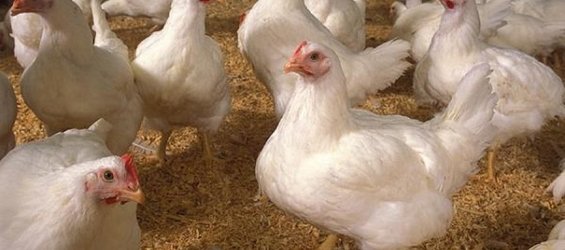
Bovine TB Control
DEFRA has recently announced further measures to help eradicate bovine TB. These include:
- the relaunch of the Badger Edge Vaccination Scheme, which was suspended for two years due to a global shortage of the vaccine. This is now currently open for Expressions of Interest with projects starting in spring 2018.
- a further eleven new licences have been issued to cull badgers in areas of Devon, Wiltshire, Somerset, Dorset and Cheshire. Licences have also been granted for supplementary badger control in parts of Gloucestershire and Somerset which have completed their original four year licence.
- a new bTB Advisory Service which will offer advice to farmers in High Risk and Edge Areas by phone, e-mail or phone on bTB biosecurity and risk-based trading.
- from the 1st November, tighter control of Inconclusive Reactors in the High Risk and Edge Areas
According to DEFRA, in 2016 more than 29,000 cattle were slaughtered in England due to bTB, costing tax payers over £100m and devastating many farming families. England currently has the highest rate of the disease in the whole of Europe.
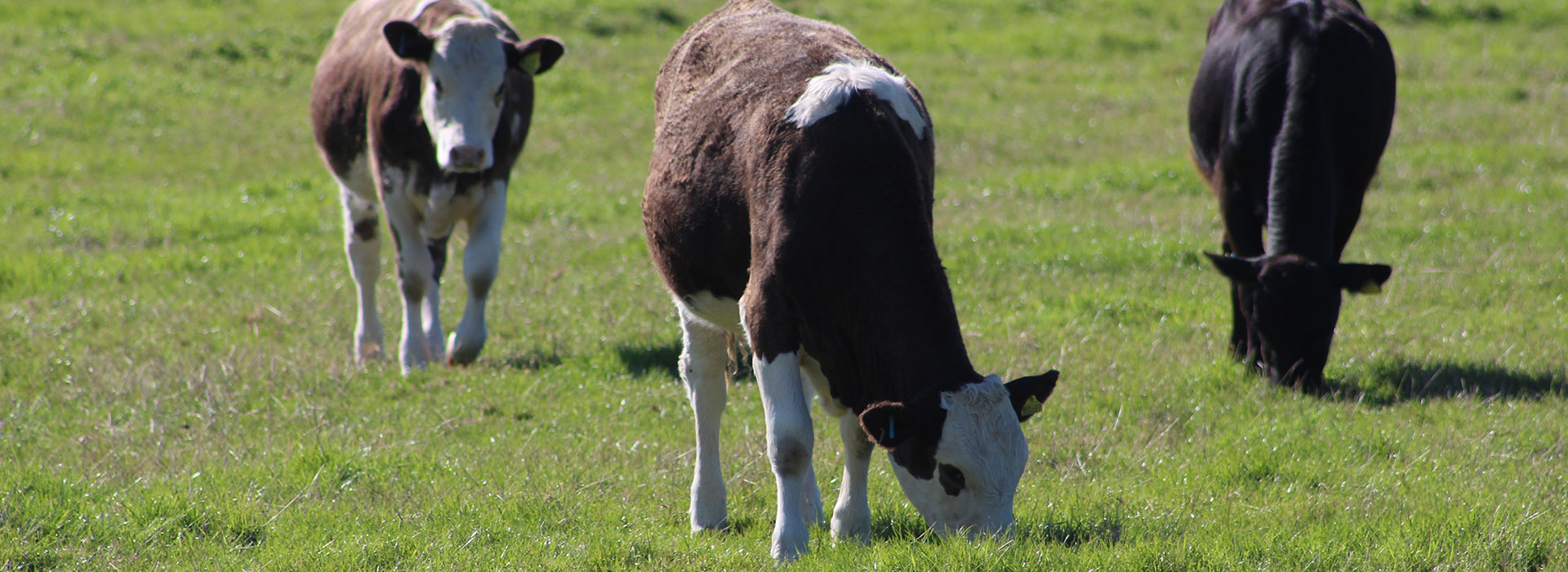
June Census: Livestock
DEFRA has released its final estimates of livestock numbers in England as at 1st June 2017. Both the cattle and pig breeding herds have fallen marginally, -0.3% and -0.2% respectively, whilst the sheep breeding flock has shown a 3.8% increase compared to 2016. The UK figures will be available on 12th October and a fuller analysis will be given then. The full statistical notice for England can be found at https://www.gov.uk/government/uploads/system/uploads/attachment_data/file/644481/structure-june17-final-eng-14sep17.pdf
Meat Markets
Deadweight cattle prices have been on an upward trend since April. Prices are comfortably above year earlier levels. The average steer price for the week ending 12th August was 370.2ppkg compared to 343.4ppkg last year. Those meeting the R4L specification are receiving 384.9ppkg for steers and 383ppkg for heifers. Prices have tended to ease come September over recent years as more numbers typically come to market, and there has been a slight steadying of the market already over recent weeks.
As we gear up for the autumn store cattle sales, prices have largely been above 2016 levels throughout the year. According to the AHDB, the yearling and 18 month old continental store steer price recorded increases of 4% and 5% respectively over the first six months of the year. For the week ending 29th July the yearling and 18 month steer price recorded £859.70 per head and £978.44 per head respectively – an 8% year on year rise. This would suggest that finishers believe that strong beef prices will continue through into 2018.
In the sheep market, an increase in slaughterings has put downward pressure on prices. For the week ending 9th August liveweight throughputs of clean sheep were nearly 16% higher than the previous week at 122,032 head, with deadweight slaughter numbers increasing by 2% at 235,900 head. The liveweight GB SQQ fell by 3p per kg compared to the previous week ending up just 3p above year earlier levels at 192.7p per kg. In the deadweight market, for the week ending 5th August the GB SQQ fell by 12.1p per kg on the week to finish at 440.6p per kg, but still remains about 34p above last year’s levels.
The pigmeat price looks to be stabilising a little after being on an upward trend since March. For the week ending 12th August the EU spec SPP was 164.53p per kg, some 29.53p higher than year-earlier values but a slight decline on the week of 0.01p. According to data from the Kantar Worldpanel, sales of pork have fallen. In the past 12 weeks ending on 16th July, primary pork volume sales have fallen by 5.3% year-on-year, although, due to an 8% increase in the price of pork, the spend for the last 12 weeks has seen a 2% increase compared to year-earlier levels. The lack of promotional activity will have contributed to the decline in sales, but price inflation will also have seen some consumers switch to cheaper products such as poultry. Indeed over the last 12 week period, primary poultry sales increased by 1.8% and total spend on poultry was up by 1.5% year-on-year. Being based in Melton Mowbray, it is good to see the total spend on pork pies has increased by 11% year-on-year!

Friesian Farm Update
The latest forecasts from Andersons Friesian Farm show good returns for the current year, but producers are being urged to use the profits wisely to set themselves up for an uncertain future in the wake of Brexit.
Friesian Farm is a notional business running 150 cows and their replacements on a year-round calving system for a liquid milk contract (but not supermarket-aligned). The farm comprises 100 hectares (of which 40 hectares are rented on an FBT). The proprietor provides labour along with one full time worker (plus casual/relief). Milk yields are around 8,000 litres per cow. The table below clearly shows the rollercoaster of profitability that all dairy farms have seen since 2014/15. The farm’s performance for the previous three milk years, is based on actual returns and costs. An estimate is given for the current 2017/18 year, and a forecast for 2018/19.
| ANDERSONS FRIESIAN FARM – Source: Andersons The Farm Business Consultants | |||||
| Pence per litre |
2014/15 (Result) |
2015/16 (Result) |
2016/17 (Result) |
2017/18 (Estimate) |
2018/19 (Forecast) |
| Milk |
29.0 |
22.7 |
23.2 |
27.9 |
27.1 |
| Culls & Calves |
2.8 |
2.6 |
2.6 |
2.8 |
2.8 |
| Output |
31.8 |
25.3 |
25.8 |
30.7 |
29.9 |
| Variable Costs |
13.5 |
12.0 |
11.5 |
11.9 |
12.0 |
| Overheads |
10.6 |
9.8 |
9.6 |
9.8 |
10.1 |
| Drawings |
3.0 |
2.9 |
3.0 |
3.1 |
3.1 |
| Rent & Finance |
1.7 |
1.8 |
2.0 |
2.0 |
1.9 |
| Cost of Production |
28.8 |
26.5 |
26.1 |
26.9 |
27.2 |
| Margin from Production |
3.0 |
(1.2) |
(0.3) |
3.8 |
2.7 |
| BPS (SPS) |
2.1 |
1.6 |
1.8 |
1.8 |
1.7 |
| Business Surplus |
5.1 |
0.4 |
1.5 |
5.6 |
4.4 |
The high milk price in 2014/15 resulted in good returns for the year. But the collapse in dairy markets can clearly be seen in the results for the following two years. Whilst costs fell due to cheaper feed, fuel and fertiliser, the Basic Payment was required to lift the farm back into profitability. The current, 2017/18, year has started with a much-improved milk price. Commodity prices are strong, particularly for fats and with no signs of a production surge, the milk price could average nearly 28ppl. In addition, it was feared input costs would rise due to the weakening of the Pound, but this has been by less than expected, helping to deliver a budgeted return of 3.8ppl from milk production for Friesian Farm; higher than the level seen before the crisis.
Looking further ahead for 2018/19, the current prospects are reasonable. An increase in milk production is expected which is forecast to weaken the milk price and there is likely to be be some cost inflation to work through the system, but profitability remains stable. The end of the 2018/19 milk year coincides with the date of Brexit. The final outcome remains clouded in uncertainty, but the UK’s future trading relationship with the EU will be a huge influence on the domestic dairy industry. An arrangement that preserves current trade flows would be the least disruptive to markets. If no deal can be done, then tariffs would severely impede trade (in both directions). It should be remembered that the UK is a net importer of dairy products, so there might be opportunities for import substitution. Prices might even rise in a protected domestic market. The UK processing sector would have to be re-orientated to adapt to these new demands however. Over time, any boost to prices from restricting EU products would likely be eroded as the UK does trade deals with the likes of Canada, the US, Australia, New Zealand and South American countries.
Upon Brexit, it is clear that the UK will no longer be part of the Common Agricultural Policy. Whilst the government is making the right noises about guaranteeing funding for agriculture (until 2022), it is likely that farmers will be required to ‘do more’ than under the BPS to access this support. All this means that dairy businesses need to use the current period of better profits to prepare for the future. This might be investing to reduce production costs, or paying down borrowings.
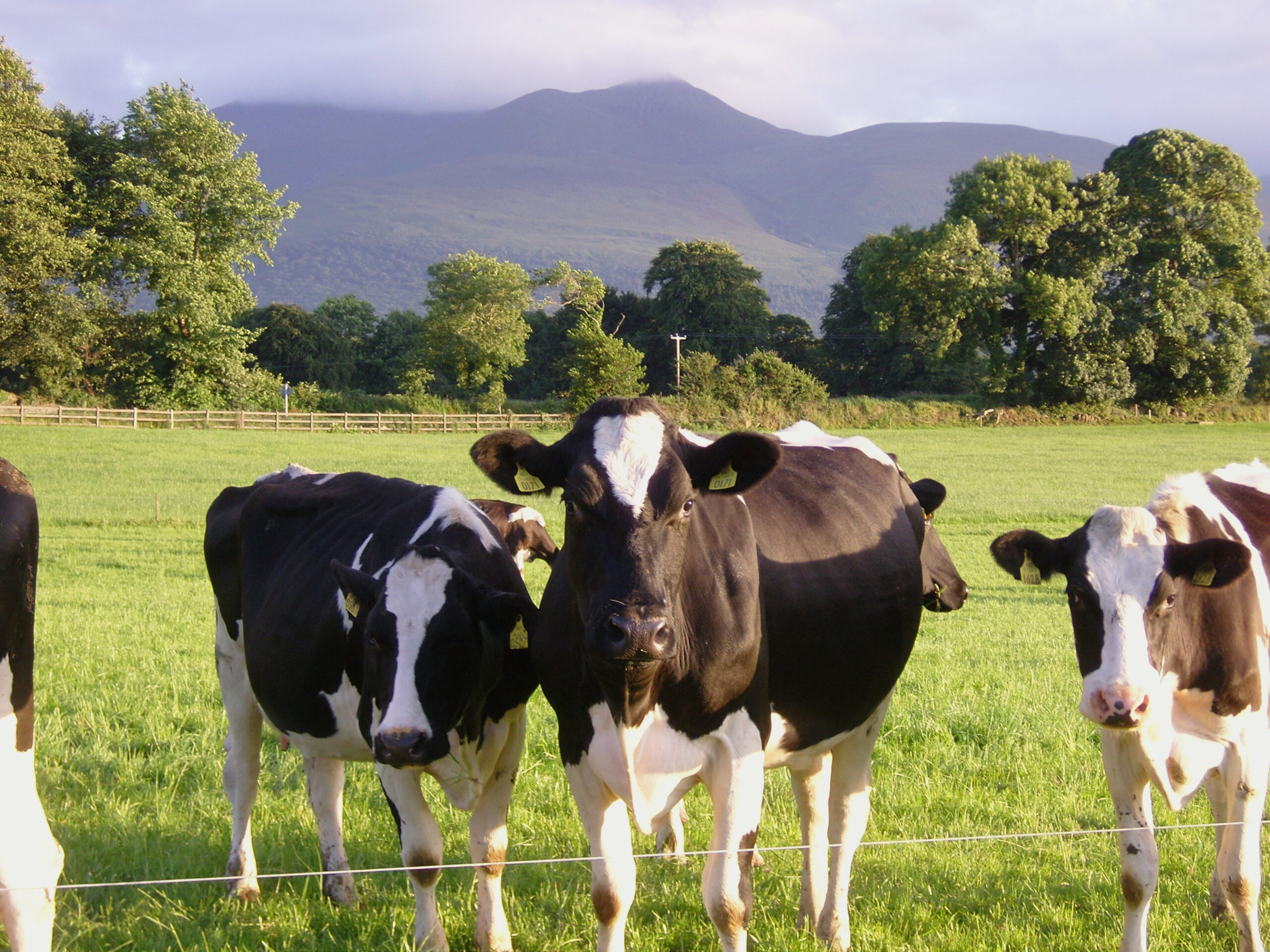
Milk Round Up
Morrisons has announced some significant changes to its Milk for Farmers contract. The supermarket has announced it will no longer distribute the 10p per litre premium it makes on its Milk for Farmers range across all 12,700 European Arla dairy farmers. Instead it will now be distributed among its dedicated Morrisons Dairy Group of just 300 Arla producers. Kanta Worldpanel has estimated the premium to be worth £3.7m in 2016.
In addition, Morrisons has selected 50 British farmers to become sole suppliers for the Milk for Farmers range. These will have to adhere to higher welfare standards and requirements, in addition they will have to ensure their cows are grazing for a minimum of 120 days per year. These producers will receive 1.19ppl bonus for adhering to the new criteria. The other 250 suppliers will have to adhere to higher welfare and milk recording standards and will receive a 0.96ppl bonus. These bonuses will be paid from 1st August. From spring 2018, Arla will be the sole suppliers to Morrisons.
Meanwhile Arla has announced further price increases from 1st September. Its conventionalstandard liquid price will increase by 0.79ppl and the manufacturing standard litre by 0.81ppl. Other milk price increases include:
- 1ppl increase for suppliers to Graham’s Dairies from 1st September
- Dairy Crest’s Davidstow suppliers will receive a 2ppl increase as from 1st October
- Belton Farms has announced a 1ppl increase as from 1st October.
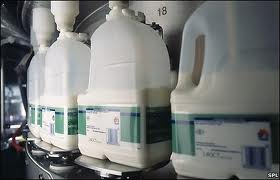
Meat Markets
Deadweight cattle prices have been on an upward trend since April. Prices are comfortably above year earlier levels. The average steer price for the week ending 12th August was 370.2ppkg compared to 343.4ppkg last year. Those meeting the R4L specification are receiving 384.9ppkg for steers and 383ppkg for heifers. Prices have tended to ease come September over recent years as more numbers typically come to market, and there has been a slight steadying of the market already over recent weeks.
As we gear up for the autumn store cattle sales, prices have largely been above 2016 levels throughout the year. According to the AHDB, the yearling and 18 month old continental store steer price recorded increases of 4% and 5% respectively over the first six months of the year. For the week ending 29th July the yearling and 18 month steer price recorded £859.70 per head and £978.44 per head respectively – an 8% year on year rise. This would suggest that finishers believe that strong beef prices will continue through into 2018.
In the sheep market, an increase in slaughterings has put downward pressure on prices. For the week ending 9th August liveweight throughputs of clean sheep were nearly 16% higher than the previous week at 122,032 head, with deadweight slaughter numbers increasing by 2% at 235,900 head. The liveweight GB SQQ fell by 3p per kg compared to the previous week ending up just 3p above year earlier levels at 192.7p per kg. In the deadweight market, for the week ending 5th August the GB SQQ fell by 12.1p per kg on the week to finish at 440.6p per kg, but still remains about 34p above last year’s levels.
The pigmeat price looks to be stabilising a little after being on an upward trend since March. For the week ending 12th August the EU spec SPP was 164.53p per kg, some 29.53p higher than year-earlier values but a slight decline on the week of 0.01p. According to data from the Kantar Worldpanel, sales of pork have fallen. In the past 12 weeks ending on 16th July, primary pork volume sales have fallen by 5.3% year-on-year, although, due to an 8% increase in the price of pork, the spend for the last 12 weeks has seen a 2% increase compared to year-earlier levels. The lack of promotional activity will have contributed to the decline in sales, but price inflation will also have seen some consumers switch to cheaper products such as poultry. Indeed over the last 12 week period, primary poultry sales increased by 1.8% and total spend on poultry was up by 1.5% year-on-year. Being based in Melton Mowbray, it is good to see the total spend on pork pies has increased by 11% year-on-year!
Muller Direct Futures Contract option
Muller has announced a series of measures to support its suppliers going forward. Along with a 1.31ppl milk price increase as from 1st September, it has announced the introduction of Muller Direct. This is for its 700 non-aligned producers (1,800 total) and it is these producers that will also be the focus for two more initiatives;
- The introduction of a Muller Direct Futures Contract option, giving suppliers the opportunity to agree a monthly price for up to 25% of their milk volume for 12 months
- The introduction of a new service in the autumn, Muller Farm Insight, which will offer data, information on welfare and benchmarking tools to help businesses
Muller has already announced it will be making £100m of investment in its UK dairies and the aim of the latest initiatives is to try and build some resilience and confidence among its suppliers.
In Ireland, Glanbia is offering its farmer suppliers the option of fixing their milk price for five years. The price being offered is the equivalent of 28.5ppl at current exchange rates, with farmers being able to fixe from 10% to 100% of their output. At the same time Glanbia is also offering producers the option of locking into 5 year feed price contracts as well.
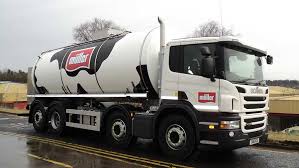
GDT Price Falls
The average price index at the last two GDT auctions has fallen. At the event held on 1st August the average price index was down by 1.6%. Perhaps coming as somewhat of a surprise, the drop could actually have been further, if it hadn’t have been for Whole Milk Powder, which making up about half of all the product sold, increasing by 1.3%. The only other product to see an increase was Buttermilk Powder by 0.4%. At the latest event, held on 15th August, the average index fell marginally by 0.4%. Once again WMP made up about half the product sold but at this event the price fell by 0.6%. Other key changes over the two auctions held in August include:
- Anhydrous Milk fat -1.2% (-4.9% at the first event)
- Cheddar +1.4% (-4.8%)
- SMP +0.3% (-3.0%)
In the UK wholesale prices, other than SMP, have increased again through July, although at a slightly slower rate, continuing to put upward pressure on on farmgate prices. Further price increases have been announced:
- First Milk has increased its ‘A’ price from 1st August by 0.9ppl for their Scotland, East Wales and Midlands pools. Its Haverfordwest and Lake District Pools have increased by 0.5ppl. This is the last month where the ‘B’ price will be payable (see last month’s article) and this has remained at 25ppl
- Paynes, Belton and Graham’s have all increased their price by 1ppl as from 1st August
- Meadow Foods has announced it will be increasing its prices by 0.85ppl from 1st September, this follows a 1ppl increase in August.
- Pensworth will be increasing its price from September by 0.75ppl